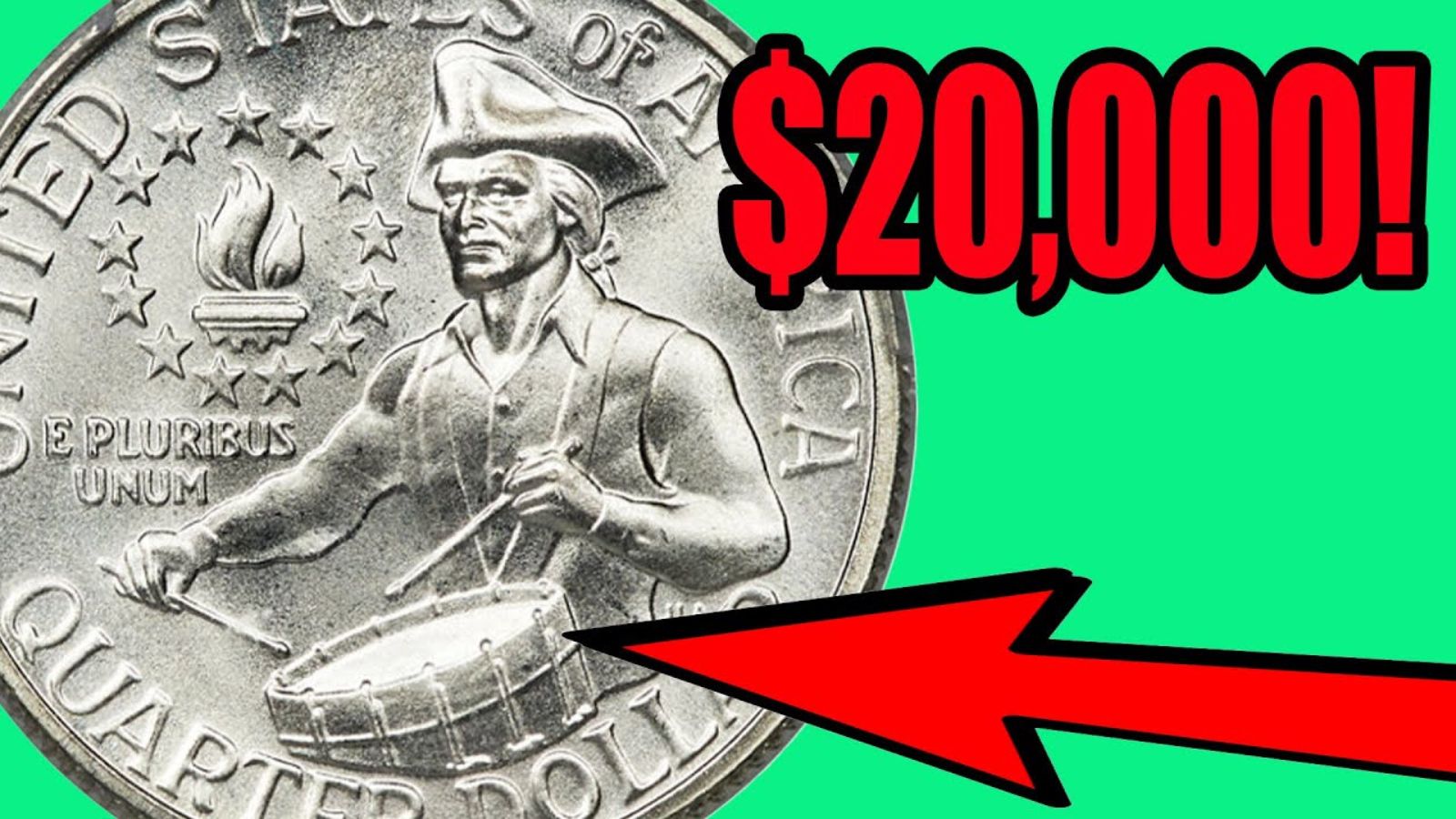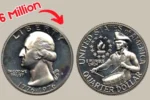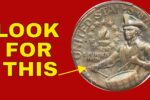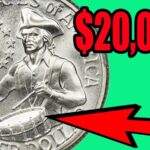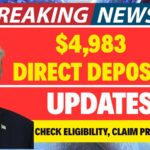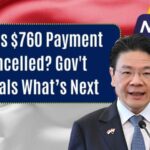If you’ve ever fished a quarter out of your pocket to feed a parking meter or grab a snack from a vending machine, you might want to think twice before spending it — especially if it’s a 1976 Bicentennial Coin. This seemingly ordinary piece of American change could be worth thousands of dollars under the right conditions. Believe it or not, some versions of the 1976 Bicentennial Coin have fetched up to $20,000 at auctions, and everyday people have found them in loose change jars, coin rolls, and old piggy banks.
So what makes the 1976 Bicentennial Coin so special? And how can you tell if you’ve stumbled upon one that’s valuable enough to cash in for a small fortune? In this detailed guide, we’ll break down the fascinating story behind the 1976 Bicentennial Coin, what features set it apart, how to identify the high-value varieties, where to buy or sell them, and why you should never overlook your pocket change again.
Why the 1976 Bicentennial Coin Exists
To understand why the 1976 Bicentennial Coin has become one of the most talked-about pieces among collectors, we need to rewind to 1976. America was celebrating its 200th anniversary — the Bicentennial of the Declaration of Independence. To mark this historic milestone, the U.S. Mint decided to issue special commemorative designs for the quarter, half dollar, and dollar coins. The 1976 Bicentennial Coin, especially the quarter featuring a Colonial drummer boy, became a national symbol of pride.
Unlike standard quarters that carry just one year, the 1976 Bicentennial Coin is stamped with a dual date — 1776–1976 — to highlight America’s two centuries of independence. On the reverse side, you’ll see a Revolutionary War drummer with a torch surrounded by 13 stars, representing the original colonies. Millions were minted, but not all Bicentennial coins were created equal. Some rare errors, unique planchets, and proof strikes make certain 1976 Bicentennial Coins worth far more than 25 cents.
What Makes a 1976 Bicentennial Coin Valuable?
Millions of the 1976 Bicentennial Coin were made for everyday use. Most are only worth face value or maybe slightly more if they’re in uncirculated condition. However, there are a few factors that can transform a basic 1976 Bicentennial Coin into a jackpot worth thousands:
1. Minting Errors
One of the main reasons some 1976 Bicentennial Coins fetch huge sums is due to minting mistakes. Coins struck on the wrong metal planchet, double dies, or off-center strikes are extremely rare and highly collectible. For example, some 1976 Bicentennial Coins were mistakenly struck on a silver planchet instead of the usual copper-nickel clad — these are the big-money finds.
2. Proof Coins
The U.S. Mint produced special proof versions of the 1976 Bicentennial Coin for collectors. These coins have a mirror-like finish and sharper details. Some proof coins were part of silver proof sets and contain 40% silver content. If you find a 1976 Bicentennial Coin with an “S” mint mark (San Francisco Mint) and it looks extra shiny, you might be holding a proof coin — and these are often worth a premium.
3. No Mint Mark or Misplaced Mint Mark
In rare cases, a 1976 Bicentennial Coin may be missing its mint mark entirely or have a misaligned mark. Errors like these add significant value because they are accidental and extremely limited.
4. High Grade or Mint Condition
Collectors pay big bucks for coins in superb condition. A 1976 Bicentennial Coin graded MS-67 or higher by a reputable grading service like PCGS or NGC can sell for thousands, even if it has no errors.
How Much Is a Rare 1976 Bicentennial Coin Worth Today?
So, what’s the going rate? For an average circulated 1976 Bicentennial Coin, you might get $0.25 to $2. But for a pristine silver proof version or an error coin, the price can jump to $500, $5,000, or even up to $20,000. Auction results show some near-perfect examples and error coins fetching staggering figures. In coin collecting, rarity and condition are everything.
How to Check If You Have a Valuable 1976 Bicentennial Coin
Next time you get change, inspect your quarters carefully. Here’s what to look for:
✔️ Dual Date: Confirm it says 1776–1976 — that means it’s a Bicentennial design.
✔️ Design: Look for the Colonial drummer on the back.
✔️ Mint Mark: Check for a “D” (Denver), “S” (San Francisco), or no mark (Philadelphia).
✔️ Silver Appearance: If it has a silver tone and no copper edge, it might be a silver proof.
✔️ Unusual Features: Look for doubling, missing marks, off-center strikes, or unusual thickness.
✔️ Condition: The fewer scratches and wear marks, the better.
If you suspect your 1976 Bicentennial Coin is special, do not clean it. Cleaning can destroy its value. Instead, get it appraised by a reputable coin dealer or submit it to a grading service.
Where to Find a 1976 Bicentennial Coin
While the original mintage was huge, many 1976 Bicentennial Coins are still floating around. Here’s where people have found valuable ones:
✅ Pocket Change: Believe it or not, you might have one right now.
✅ Coin Jars: Old coffee cans, piggy banks, or jars are perfect places to find older coins.
✅ Bank Rolls: Some treasure hunters buy rolls of quarters from the bank and sort through them.
✅ Estate Sales and Garage Sales: Sometimes people sell old coin collections without knowing the value.
✅ Online Auctions: eBay, Heritage Auctions, and other sites list rare 1976 Bicentennial Coins daily.
How to Buy or Sell a 1976 Bicentennial Coin
If you’re on the hunt to buy one or sell a 1976 Bicentennial Coin, here’s how to do it safely:
Where to Buy
-
Reputable Coin Dealers: They can guarantee authenticity.
-
Coin Shows: Great for comparing prices and meeting experts.
-
Online Marketplaces: Sites like eBay or Heritage Auctions have thousands of listings — always check seller ratings!
Where to Sell
-
Coin Dealers: They might offer instant cash, but shop around for the best offer.
-
Auction Houses: Ideal for high-value coins. They can attract serious collectors.
-
Online Sales: If you’re confident, selling on eBay is an option, but always use insured shipping and clear photos.
What Are Collectors Paying Right Now?
As of 2025, a top-condition 1976 Bicentennial Coin with no major flaws might fetch $10 to $50. But the silver proof sets and error coins can still break into the thousands. One perfect silver proof quarter sold for nearly $20,000 not long ago. Prices depend on rarity, condition, and collector demand — all of which fluctuate over time.
Should You Invest in the 1976 Bicentennial Coin?
If you’re considering investing, know this: While the everyday Bicentennial quarter isn’t rare, hunting for mint errors and proofs can be worth it. Some people see coin collecting as a rewarding hobby first and a side investment second. If you find a 1976 Bicentennial Coin in mint condition, it could be the cornerstone of your collection or a nice windfall if you ever decide to sell.
Tips for New Coin Hunters
✅ Always handle coins by the edges — no fingerprints!
✅ Store valuable coins in protective holders.
✅ Never clean your coins.
✅ Get suspicious coins authenticated and graded.
✅ Stay updated on coin news — values change!
Final Thoughts
Next time you pay for coffee, take a second glance at your change. That little 1976 Bicentennial Coin you nearly tossed in the tip jar could be worth more than a fancy dinner. These quarters are not just everyday currency — they’re pieces of American history, minted to celebrate two centuries of freedom, and they could still bring unexpected fortune to the lucky few who know what to look for.
So check your drawers, dig into that old piggy bank, and see if the next coin you find is a 1976 Bicentennial Coin with a hidden story and hidden value. You might just be sitting on a $20,000 surprise — and there’s no better feeling than turning pocket change into a treasure.
